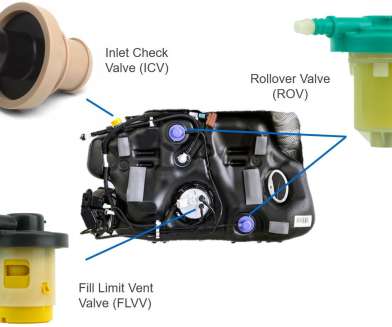Study finds that environmental impact of corn-ethanol E85 is 23% to 33% higher than that of gasoline; environmental problem-shifting
Green Car Congress
MARCH 16, 2012
Environmental impacts of gasoline and E85. GW = global warming; Eut. eutrophication; ET = ecological toxicity; FEC = fossil energy consumption; WU = water use; LO = land occupation; “The rest” includes acidification; smog formation; ozone layer depletion; and human health effects. Process flow diagrams for E85 and gasoline.

























Let's personalize your content